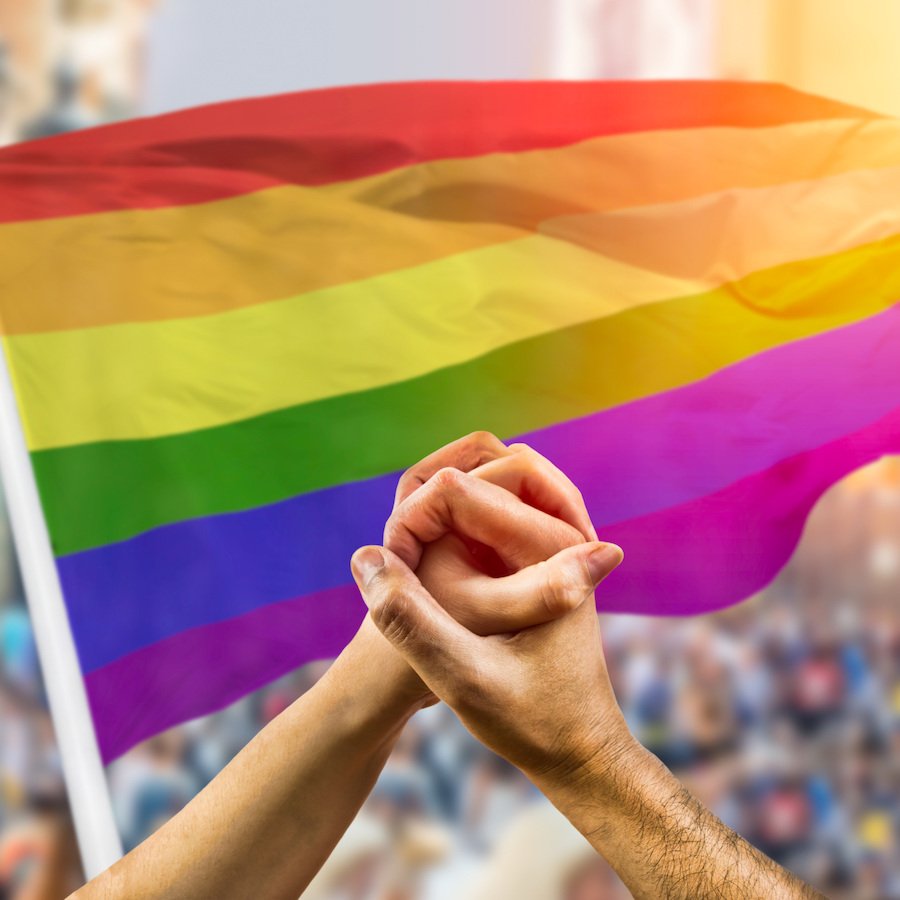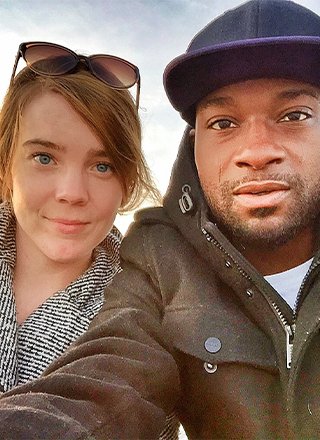Editor’s note: This blog post by AU President and CEO Rachel Laser originally appeared in the June 2020 issue of AU’s Church & State magazine.
On May 6, I listened to oral arguments in Trump v. Pennsylvania, a case before the U.S. Supreme Court that deals with access to birth control.
I waited eagerly to hear the voice of Justice Ruth Bader Ginsburg, now 87 years old, phoning in from her hospital bed where she was recovering from gallbladder complications. (Due to the coronavirus pandemic, the court held the arguments via telephone. C-SPAN provided a link so anyone could listen in.)
This case is a challenge by Pennsylvania and New Jersey to Trump administration rules, finalized in 2018, that allow all employers and universities claiming a religious or moral objection to block employees’ and students’ access to no-cost birth control guaranteed to them by the Affordable Care Act.
As usual, Ginsburg got right to the point. Directing her remarks to Solicitor General Noel Francisco, who was representing the Trump administration, she nailed the problem with Trump’s rules.
“The glaring feature of what the government has done,” Ginsburg said, “is to toss to the winds entirely Congress’s instruction that women need and shall have seamless, no-cost, comprehensive coverage.”
She added, “This leaves the women to hunt for other government programs that might cover them, and for those who are not covered by Medicaid or one of the other government programs, they can get contraceptive coverage only from paying out of their own pocket, which is exactly what Congress didn’t want to happen.”
It got even better: “[Y]ou are shifting the employer’s religious beliefs the cost of that, on to these employees who do not share those religious beliefs,” Ginsburg said. “And I did not understand RFRA to authorize harm to other people, which is evident here….” (RFRA is the Religious Freedom Restoration Act, which is the claimed basis for the religious exemption.)
Right out of the box, Ginsburg showed up yet again as a fierce advocate for women and religious freedom. She underscored a crucial legal limitation on religious exemptions: They must not harm third parties. She accurately depicted how the Trump rules do harm women.
I waited patiently for other justices to buttress Ginsburg’s views, but the only other one to echo her concern was Justice Sonia Sotomayor. It did not escape me that these two justices are both women.
The few other brief remarks on whether the rules harm women were either dismissive or perfunctory. Francisco conceded that 75,000 to 125,000 women would be affected by the rules but quickly added that “access to contraception is widely available in this country through many other means.” He was clearly not thinking or caring about the many women who, especially during this pandemic, may not be able to afford birth control on their own.
Justice Brett Kavanaugh gave cursory lip service to the “critical interest” of “women’s access to health care and preventive services,” but in the same breath declared that the Supreme Court must give the greatest legal deference to the agency that created the challenged rules.
This case is a good illustration of why, in order to protect true religious freedom for all, we need judges who have empathy for – and an understanding of – those in our society whose rights are most vulnerable.
First, let’s remember why the “do no harm” test that Ginsburg rightly applied to this religious exemption is crucial to protecting religious freedom. A legal brief AU filed in this case put it this way: “Government should not, and under the Establishment Clause cannot, favor the religious beliefs of some at the expense of the rights, beliefs and health of others.” Religious exemptions that cause harm to others promote religious privilege, not religious freedom.
The Supreme Court has repeatedly recognized this limitation on religious exemptions, so why are we still seeing cases like this one? It’s because of justices like Samuel A. Alito, who simultaneously acknowledge this limitation and deny there is any harm.
And that’s the main point. The “do no harm” limitation on religious exemptions is meaningless and unlikely to surface as a concern in cases if judges are incapable of understanding, or choose not to take seriously, the harm to others.
Ginsburg reminds us why it’s critical to have judges with insight about and compassion for those who are more marginalized in our society. In case you needed (yet another) reason to vote this fall, remember how crucial this election is to our federal judiciary.
Rachel K. Laser is president and CEO of Americans United for Separation of Church and State.


